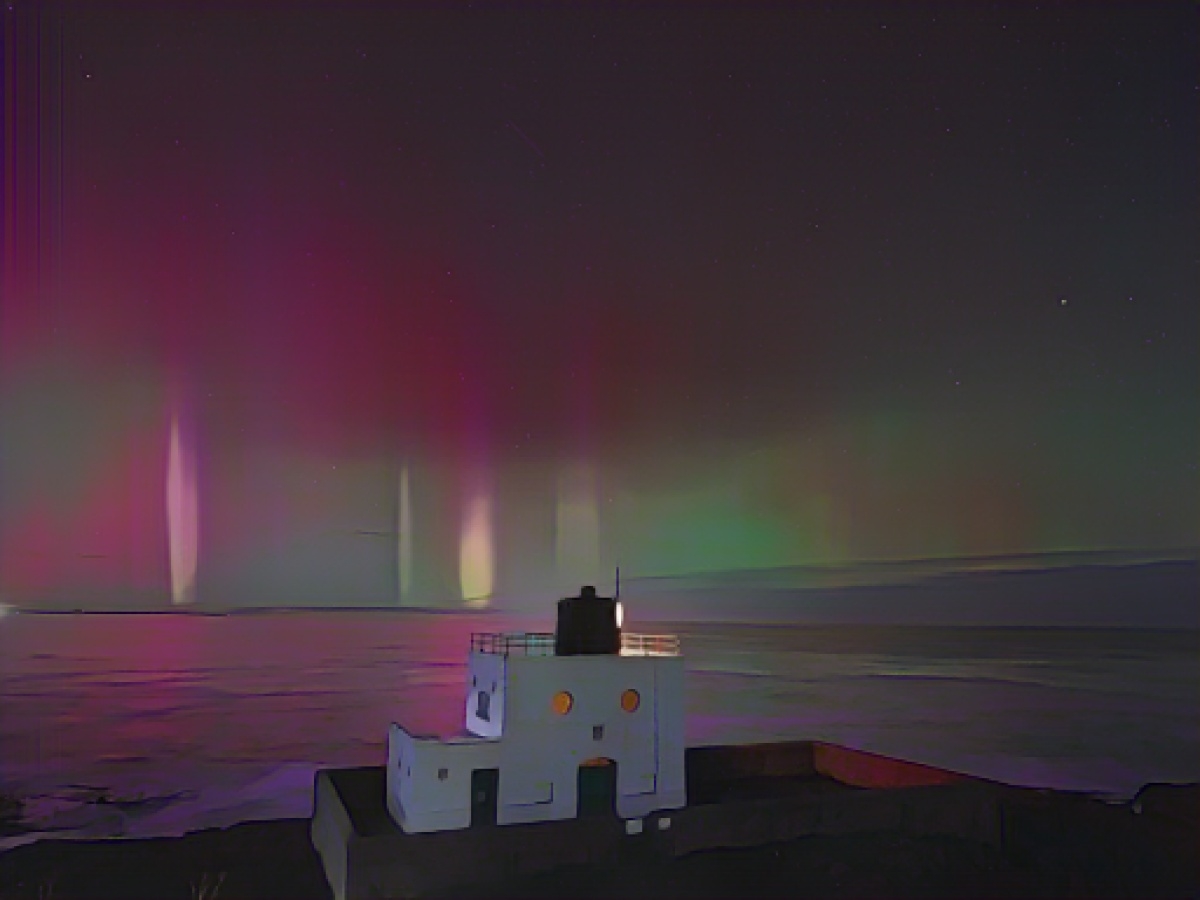Special sky lights enchant Great Britain
Normally, auroras in the UK can only be seen in Scotland, but now the colorful light phenomena have enchanted large parts of the United Kingdom. According to the Met Office, there were confirmed sightings of aurora borealis in central and eastern England during the night.
A very special celestial light also caused a stir: "Steve" drew a bright purple band in the night sky in Northern Ireland and elsewhere.
Spectacular sight over Swatragh last night in the form of STEVE (proton arc) extending across the entire sky from W to E and flaring near Jupiter. I've been observing aurora since 1998 with 180 displays and this is my first sighting, what a show! https://t.co/19Wt2BjIl1 #steve pic.twitter.com/6Vma3zeAfN— Martin McKenna (Nightskyhunter) (@martinastro2005) November 6, 2023
"Steve" stands for "Strong Thermal Emission Velocity Enhancement" and is reminiscent of an aurora borealis, but behaves differently and occurs at lower latitudes. The cause was a solar storm that caused unusual light phenomena in northern Europe.
Northern Lights over Stonehenge last night 😍✨#aurora #auroraborealis #northernlights #stonehenge
Photo credit Stonehenge Dronescapes on FB 👏👏👏 pic.twitter.com/aFh2XWOME5— Stonehenge U.K (@ST0NEHENGE) November 5, 2023
Solar activity has increased in recent months and more solar storms are occurring. On Saturday evening, auroras could already be seen over Great Britain and Ireland - even as far south as Stonehenge, as a photo on the official X account of the Stone Age monument in southern England showed. Several auroras have also been seen in Germany recently.
How does the phenomenon occur?
This is caused by solar flares, which result in a so-called coronal mass ejection towards the earth, consisting of electrons, protons and atomic nuclei. Because components of the plasma are electrically charged, they interact with the Earth's magnetic field and virtually compress it.
Magnetic short circuits in the tail of the Earth's magnetic field generate particle currents in the polar regions, which excite the air particles to glow, making them visible as auroras.
The colorful Northern lights, also known as aurora borealis, are not just a spectacle in Scotland anymore, as they have been fascinating large parts of Great Britain recently. This surprising occurrence can be linked back to an increase in solar activity, causing solar storms that lead to the appearance of these Science-fascinating light phenomena. In Northern Ireland, a mouthwatering shade of purple was added to the sky spectacle, a sight reminiscent of auroras but behaving differently and named "Steve."
Source: www.dpa.com








